This week, Betsy and Dan talk about repurposing furniture. Specifically, we focus on a variety of uses for those old entertainment centers that don’t fit modern HDTVs. We also highlight some interesting uses for old dressers. (And if you’re really interested, check out the BONUS CONTENT feature below. So many of the projects we talked about involved removing the drawers from the dressers. Well, what do you do with those extra drawers? Is there a creative way to use them? Of course! We talk about 4 different projects in the BONUS CONTENT, so check it out!)
View our Pinterest Board for Episode 8!
Episode Outline
- Repurpose Your Entertainment Center (1:07)
- Diaper Changing Station (2:00)
- Potting Station (for you gardeners out there!) (4:58)
- Coffee Bar (7:15)
- Betsy’s Shoe Display Center (10:04)
- Repurpose Those Old Dressers (14:57)
- Storage Shelves (15:10)
- Kitchen Islands (17:25)
- Dan’s Little Throne (or Seating and Storage and Things Like That) (19:50)
- Dan’s Voice Breaks while saying “Bop” and Betsy Makes Fun (24:16)
Bonus Content and Outline
- Repurpose Those Drawers
- Under-the-Bed Storage (0:35)
- Drawer Dollhouses (4:15)
- Shelves and Shadow Boxes (6:08)
- Make Tables (9:31)
Anaglypta Wallpaper
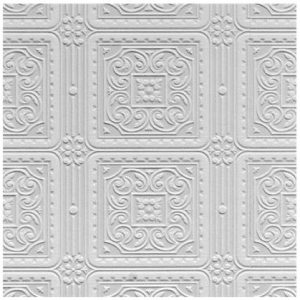 Anaglypta wallpaper is a textured, paintable wallpaper. In this episode, we talk about using it on the backers of entertainment centers to provide a unique, interesting backdrop.
Anaglypta wallpaper is a textured, paintable wallpaper. In this episode, we talk about using it on the backers of entertainment centers to provide a unique, interesting backdrop.
However, these papers can be used anywhere. They are reasonably priced and look great on walls, on furniture, on stair risers . . . and on and on and on.
Be sure to check out our Pinterest page for this episode for a variety of photos showing painted and faux-finished anaglypta paper. We have books you can look through in our Lakewood, Plainfield, and 17th Street RepcoLite locations. If you have any questions at all, please stop out, email, or give us a call!

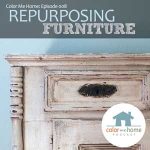
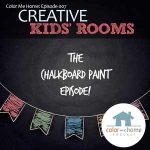
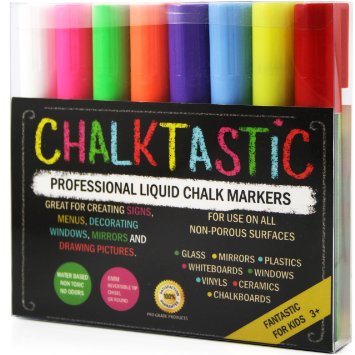

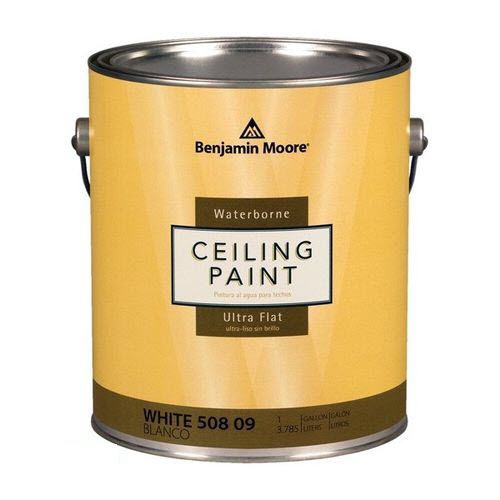
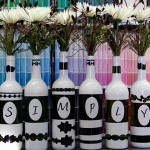
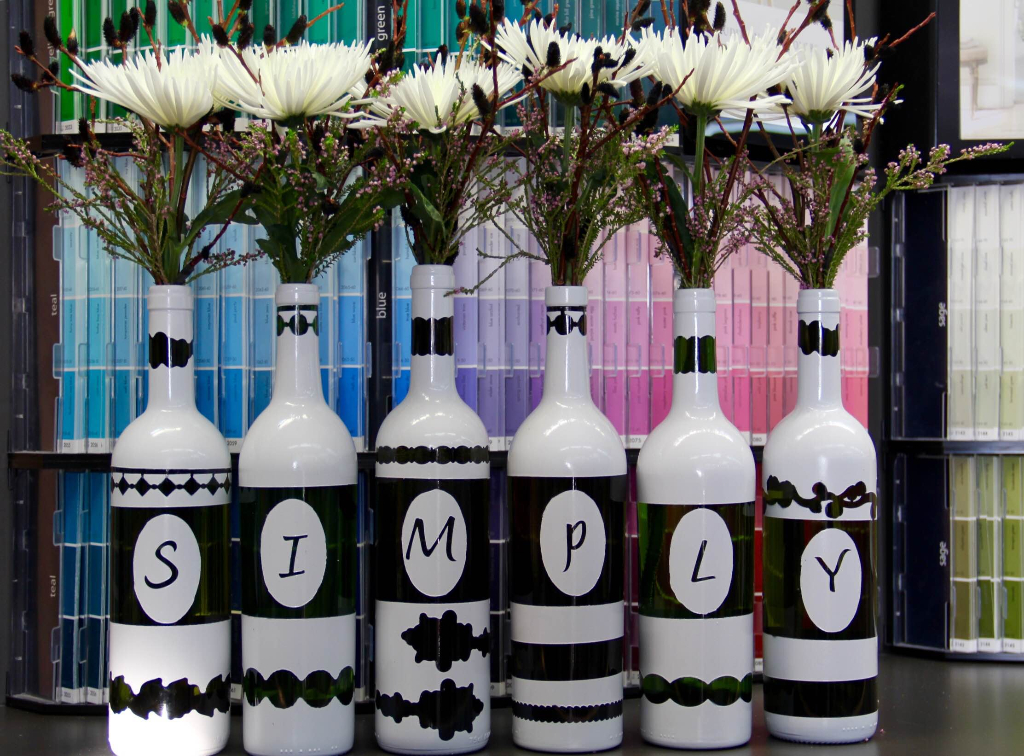 If you’re into decorating and if you’ve got even the slightest amount of creativity, you’re always looking for a project. Something outside the norms, something a little different, little things that will set your home and your decorating apart from everyone else.
If you’re into decorating and if you’ve got even the slightest amount of creativity, you’re always looking for a project. Something outside the norms, something a little different, little things that will set your home and your decorating apart from everyone else.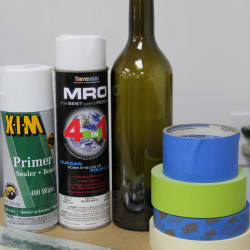
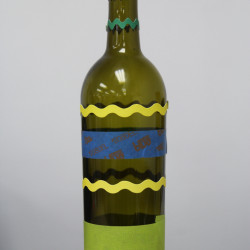
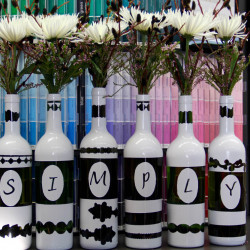
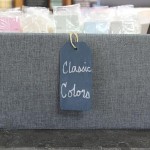
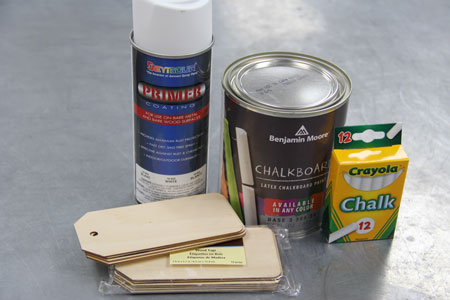
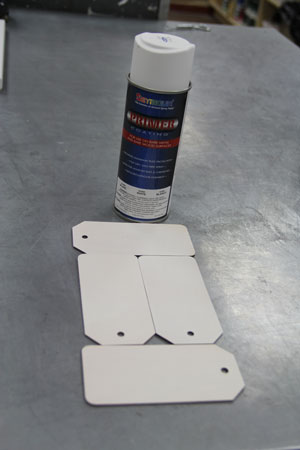
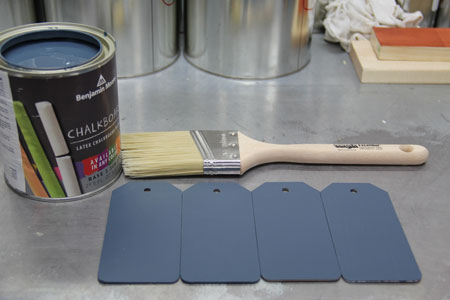
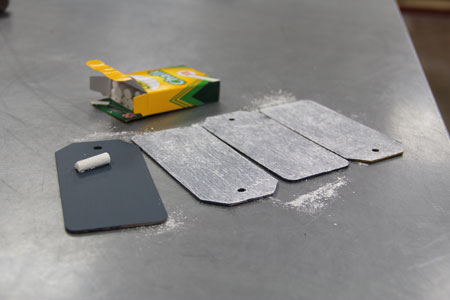
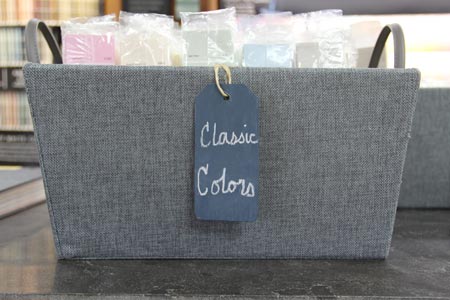
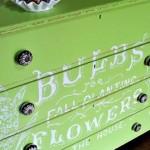
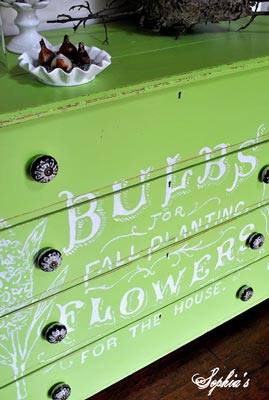 Finding and old piece of furniture–something that’s seen it’s better days–and breathing new life into it with a little paint and some creativity is easily one of my favorite do-it-yourself projects. I love it because it’s usually inexpensive (if you’re a smart shopper), doesn’t take much time, and the results can be dramatic.
Finding and old piece of furniture–something that’s seen it’s better days–and breathing new life into it with a little paint and some creativity is easily one of my favorite do-it-yourself projects. I love it because it’s usually inexpensive (if you’re a smart shopper), doesn’t take much time, and the results can be dramatic.





